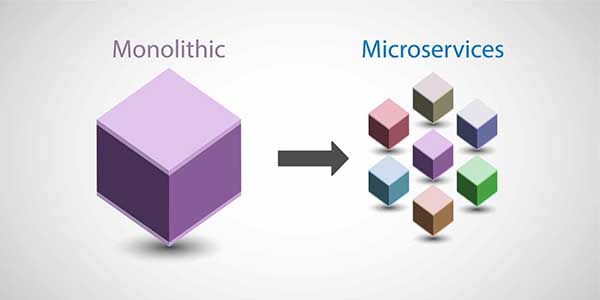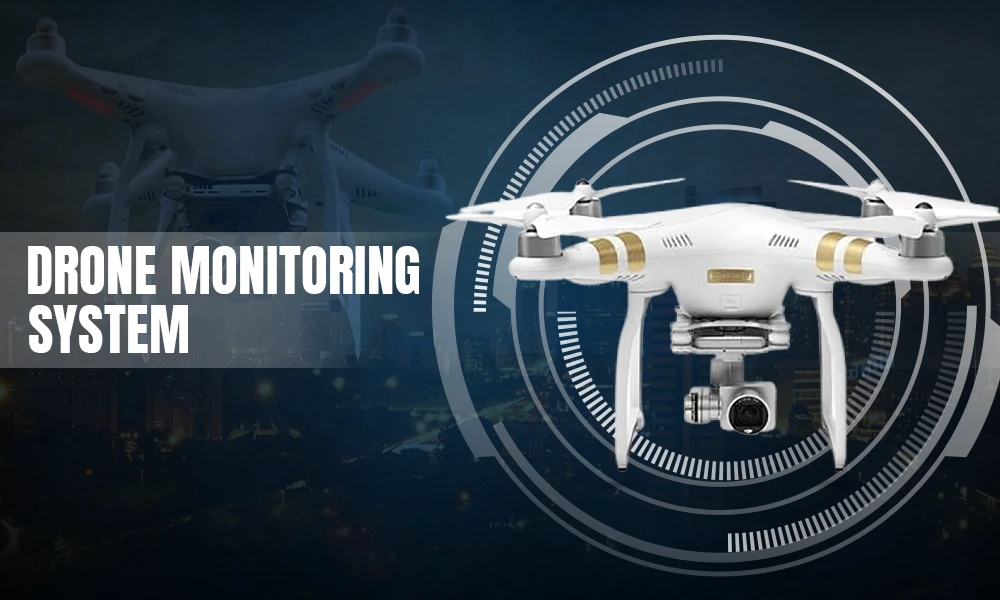The Pros and Cons of Monolithic VS Microservice Architectures


Comparing monolithic and microservices architecture is useful in software development. The microservices architecture trend in app development has been very successful for several reasons. Monolithic architecture, on the other hand, has long been the standard.
When comparing monolithic vs microservices architecture, there are some notable differences. For one, while monolithic architecture can also result in reliable solutions, microservices architecture provides enterprises with measurable benefits. Moreover, though both techniques for software development can result in excellent outcomes, their resulting structural makeup largely differs from each other.
That being said, each architecture comes with various advantages and disadvantages that companies must be aware of. Let’s take a look at each architecture and its advantageous and disadvantageous sides.
Monolithic vs. Microservices Architecture
Monolithic Architecture. Also referred to as a monolith, monolithic architecture is a single, sizable computing network with one code base that unites all of the business concerns. Typically, the functionality of an application is developed and released as a singularly whole entity.
Its singular nature comes with various advantages. Here are some of them.
- Easier development. Given that a monolithic architecture contains all of the functionality of an application in a single codebase, it is reasonably easy to comprehend and use. Because of this, managing and maintaining the program over time may also be made simpler for developers to learn. It is also easier for them to work with the code.
- Easier deployment. Since monolithic applications have fewer moving elements, managing and maintaining them individually is easier. Overall, a monolithic architecture is simpler to deploy, administer, and maintain than a microservices solution due to its self-contained structure.
- Easier testing. It may be simpler to test a monolithic architecture as a whole because all of the code is contained in a single unit. This can facilitate the early detection of bugs and other problems during the development process, thereby saving time and money.
While the convenience of monolithic architecture may be convincing, employing the methodology also comes with various disadvantages, including the following.
- Difficult scaling. Because the entire application must be scaled at once, monolithic applications are challenging to scale up. This can limit the application’s ability to scale generally and make it difficult to handle sudden increases in traffic or other demands on it.
- Tight coupling. In a monolithic architecture, every element of an application is tightly coupled. This coupling means that alterations to one portion of the code may affect other parts of the code. As a result, it may be challenging to make modifications to the application without generating bugs or other problems.
- Difficult updating. It can be challenging to update or replace specific parts of a monolithic application without affecting the rest of the code. This is because all of the code is housed in a single unit. This may make it tough to update the application and may also make it challenging to add new functionality or features.
- Difficult maintenance. A monolith becomes harder to maintain as it expands over time because the amount and complexity of the code grow. The app’s functionality may change unexpectedly as a result of changes made to one component of a monolith.
The good thing for companies and developers is that monolith architecture is not their only option. Though they may be convinced of the pros that come with a monolith’s singular nature, companies can also opt for microservices architecture.

Microservices Architecture. An alternative to the structural design of service-oriented architecture, microservices architecture is a design that sets up an application as a collection of well-tuned, loosely linked services that communicate with one another via simple protocols. The architecture offers a framework for developing, launching, and maintaining microservices independently.
The multi-compartmental nature of microservices architecture comes with various benefits and advantages. Here are some of them.
- Scalable. This style of architecture’s services can be maintained and scaled independently of one another because they are all discrete and loosely coupled. From a cost standpoint, this can be very advantageous because companies would only need to pay for the necessary scalability.
- Flexible. The independence of each service allows for the easy addition of new features and technology. There are also no interlocking dependencies, which means that outdated functionality can be removed without worrying about how the removal will affect other application components.
- Independent. Each service in a microservice architecture is designed independently of the others. Hence, the development of one service’s processes won’t impact the creation of another. Moreover, resources, like development tools, won’t be dependent on other unnecessary features.
Now, what about the cons of using microservices architecture? Here are some things to consider.
- Complex deployment. It can be more difficult to create and manage a microservices architecture than a monolithic architecture because it involves developing an application as a collection of independent services. This may make it more complex for engineers to comprehend and work with the code, as well as to debug and troubleshoot problems.
- Specialized skills are needed. Microservices demand specialized developers since they are more complicated. If the company wishes to deploy microservices, they need to think about whether the team can handle the difficulties that come with this architectural strategy’s complexity.
- Inconsistency with standards. A lack of consistency among the microservices in an application is a possibility because each microservice can be created and maintained by a distinct team. As a result, it may become more difficult to administer and maintain the program over time and to make sure that the microservices are compatible with one another.
Conclusion
The choice between a monolithic and a microservices architecture will ultimately be based on the project’s unique requirements and objectives, as well as the expertise and skills of the development team. To choose the best course of action in a specific circumstance, it may be helpful to seek the advice of experts or research thoroughly about which option would best suit the business.










